Canned foods America grew up on
Childhood memories in a can
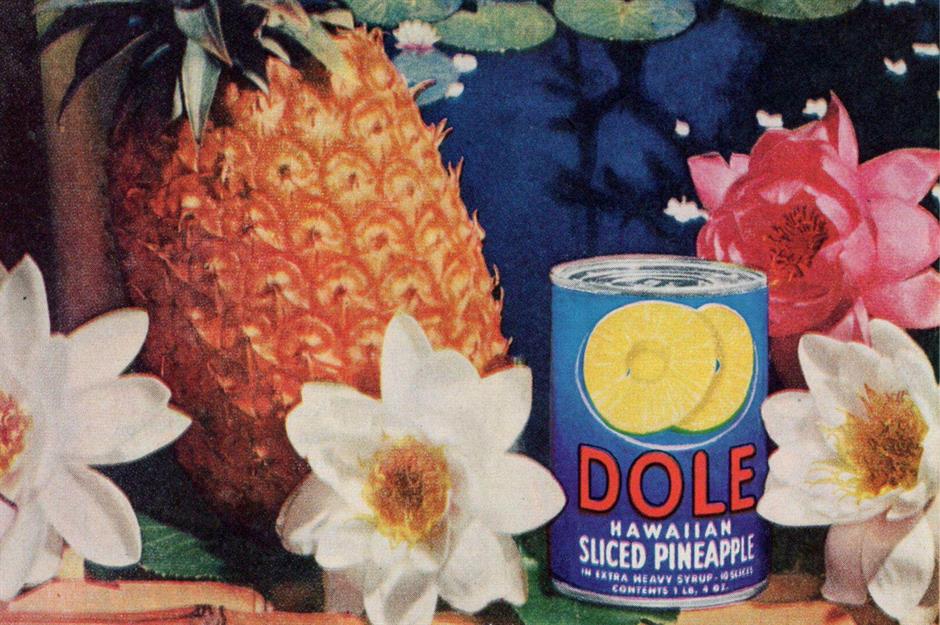
From the post-war home to the modern kitchen, canned food has been a staple of American and Canadian diets for decades. Here we delve into the pantry cupboards of yesteryear to bring you some of the most nostalgic cans from your childhood, decade by decade. How many do you remember growing up with?
Click or scroll through our gallery to discover the canned foods we've loved throughout the decades.
1940s: Chef Boyardee Beef Ravioli
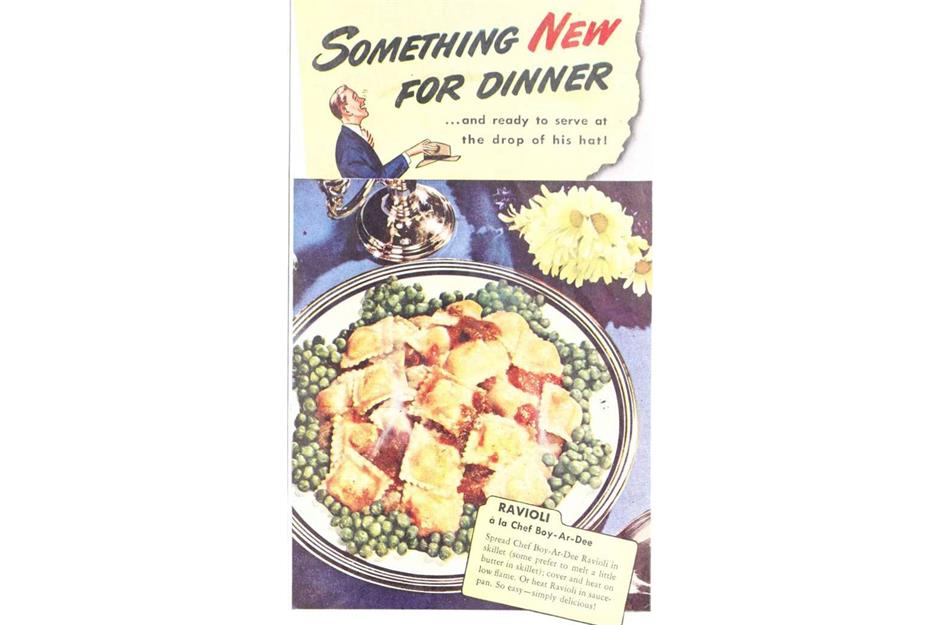
While canned food has its roots in the Napoleonic wars (1803-15) and appeared in American stores as early as the 1800s, it became a true staple of America's diet in the 1940s. Brands such as Chef Boyardee (then Chef Boy-ar-dee) helped the World War II effort by producing field rations. Chef Boyardee factories operated 24 hours a day during this time – the signature dish was beef ravioli in a sauce, which was described as being as 'truly Italian as the Tower of Pisa.'
1940s: Campbell's Vegetable-Beef Soup
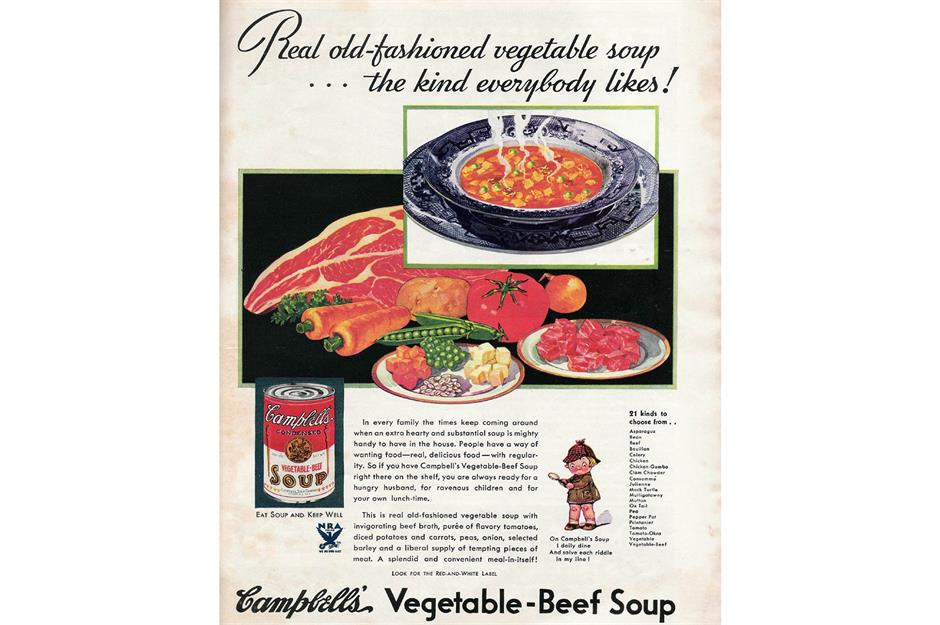
Another brand that thrived during and immediately after the war years was Campbell Soup Company, better known as Campbell's. It also provided army rations, while housewives back home swore by the brand's condensed soup range for quick and easy family suppers. A favorite pick was the hearty Vegetable-Beef Soup (alongside Tomato and plain Vegetable).
1940s: Dinty Moore Beef Stew
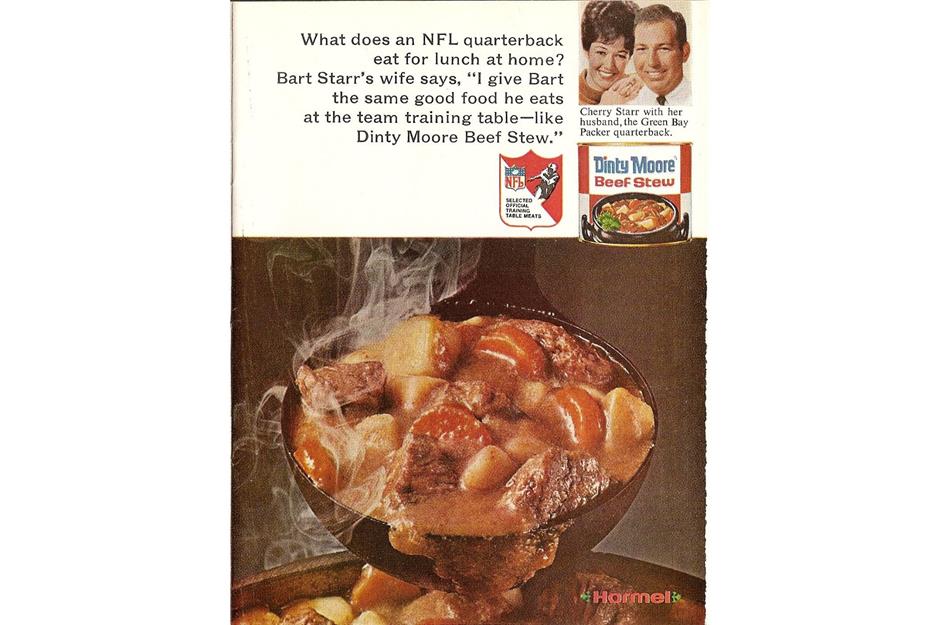
Another canned legend that first burst onto the scene in the 1940s was Dinty Moore's Beef Stew. This warming concoction of beef chunks, diced potatoes, carrots, and gravy helped feed American troops during World War II and was marketed as a way to serve up a 'whole wonderful meal quick' for families at home.
1940s: Hormel Ham
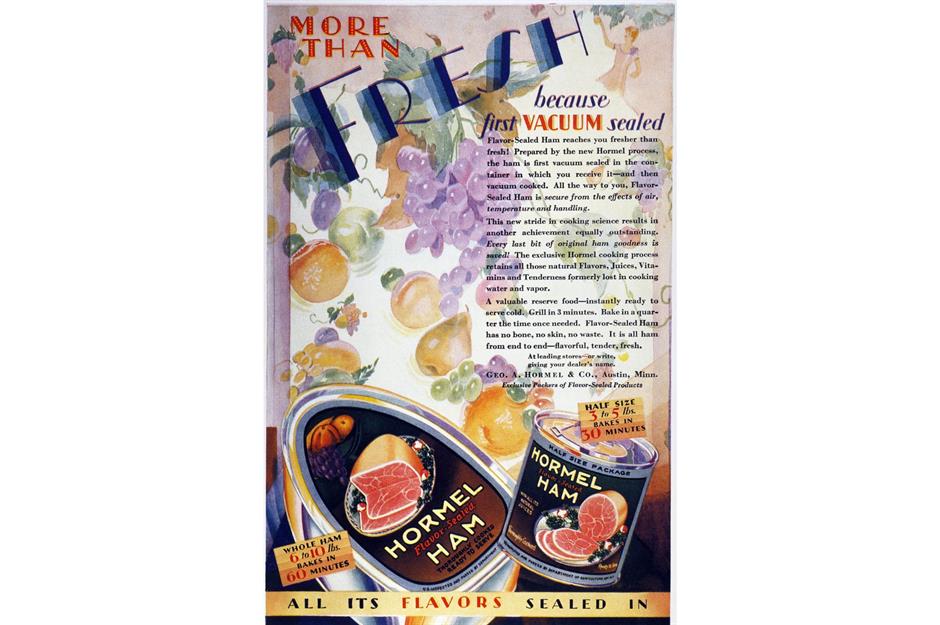
Hormel Foods (then George A. Hormel & Company) is credited as the first company to put ham in a can, way back in 1926. This canned ham was later used to feed the nation's troops. In fact, in the 1940s, millions of cans of meat per week were shipped overseas by Hormel for the US military. Back home, the ham could be bought in a range of sizes, from 'a banquet deluxe' whole ham to a 3oz tin perfect for 'the lunchbox parade.'
1940s: Hormel Chili
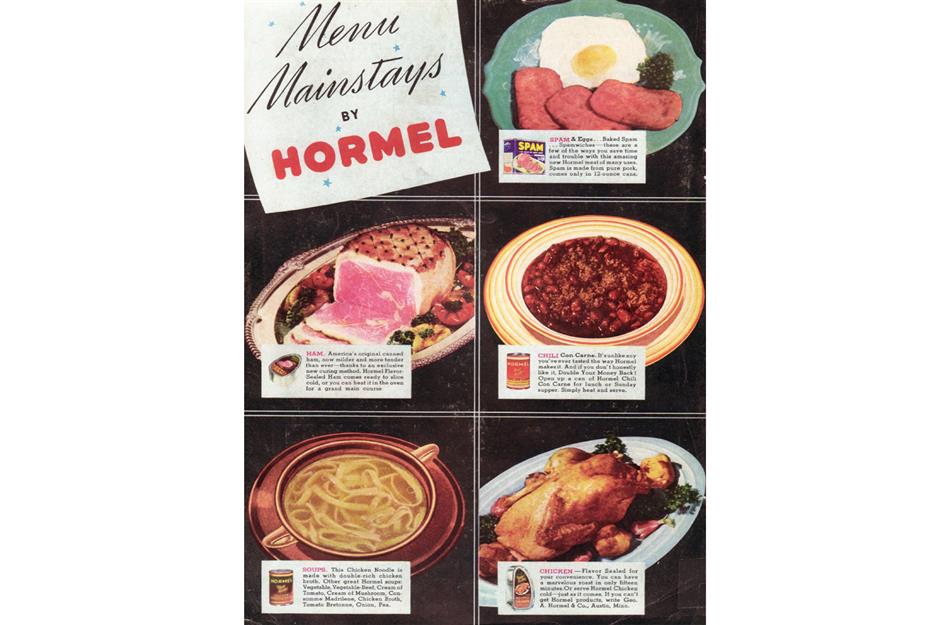
As well as canned ham, Hormel had plenty of other tinned classics. Other 1940s favorites included Hormel Chili, dubbed a great option for lunch or Sunday supper. Hormel had such faith in the taste of its chili that the company offered a 'double your money back' guarantee. The brand was also a purveyor of canned chicken and the legendary SPAM (more on that later).
1940s: Niblets Brand Whole Kernel Corn
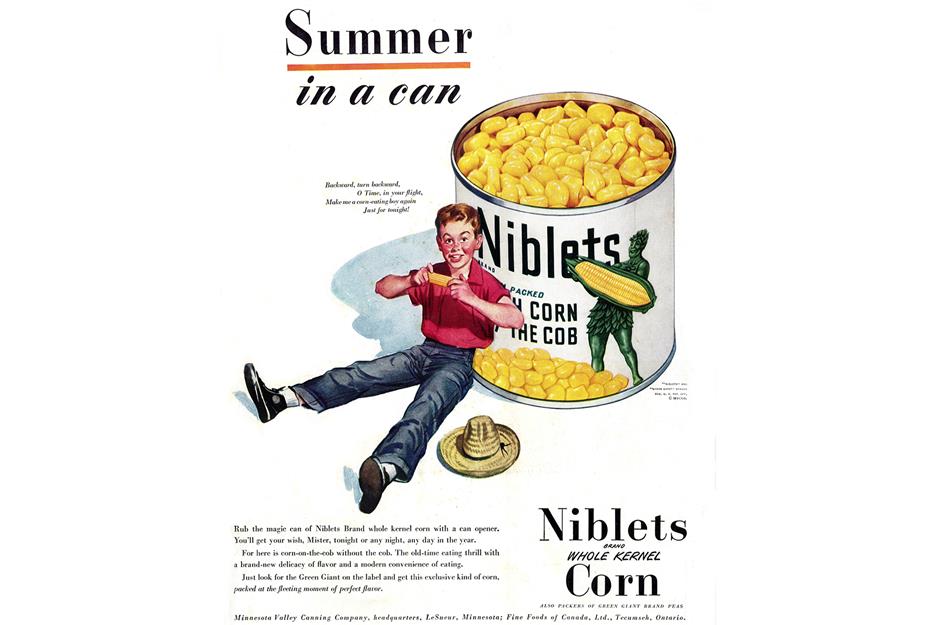
It wasn't just meat that made its way into a can. Brands such as Niblets thrived in an era when having certain vegetables available year-round was still a novelty, and convenience was king. Hawked with the line 'the only thing missing is the cob,' this canned vegetable product promised an 'old-time eating thrill' coupled with ease and speed.
1940s: Del Monte Fruit Cocktail
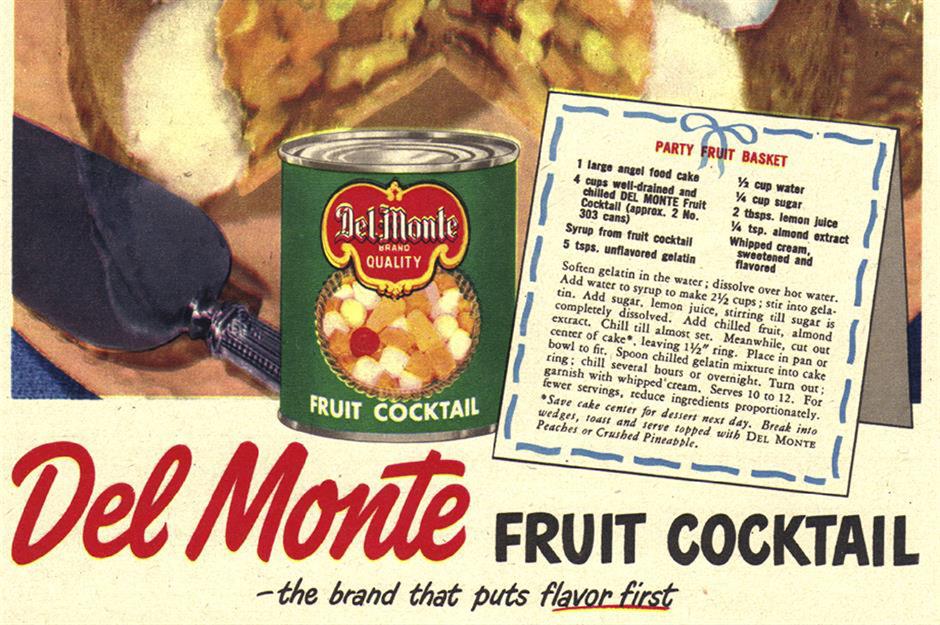
Another 1940s hero was the Del Monte Fruit Cocktail, a sweet offering of pineapple, cherries, peaches, pears, and grapes in a can. Eaten as a quick snack or whipped into a fruity dessert, the cocktail became a pillar of US and Canadian pantries during this decade. Del Monte even came up with weird and wonderful recipes for it, from a Party Fruit Basket (advert pictured) to a Buffet Party Loaf with luncheon meat (yes, really).
1940s: Eagle Brand Sweetened Condensed Milk
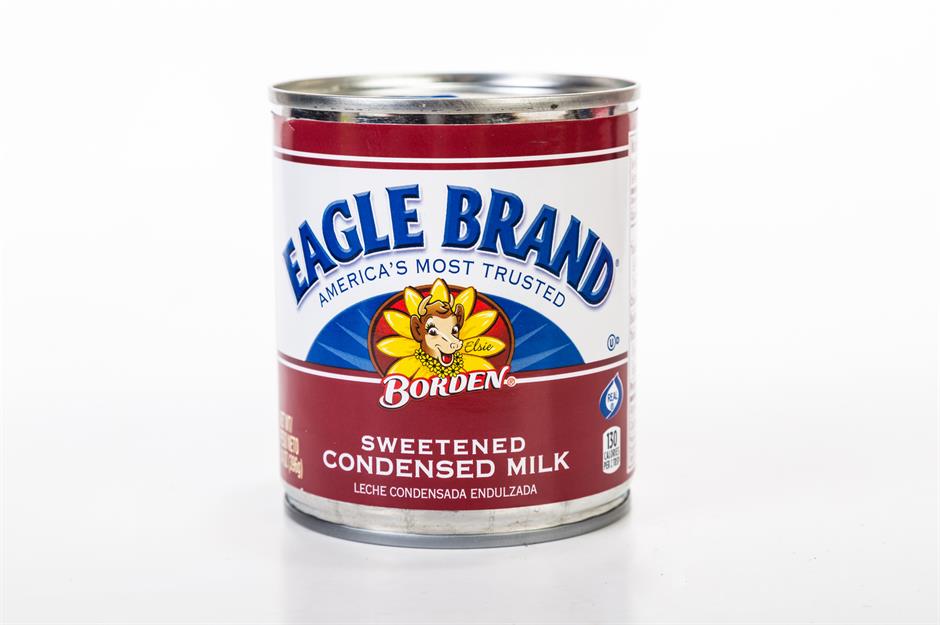
What better way to finish off a fruit cocktail than with a glug of sweetened condensed milk – Eagle Brand sweetened condensed milk, to be exact. While the product dates back to 1856, feeding troops during the Civil War, it rose in popularity through the 1940s. It was given to soldiers in both World Wars I and II, and it served as a sweet and satiating snack for those back at home.
1940s: Toddy
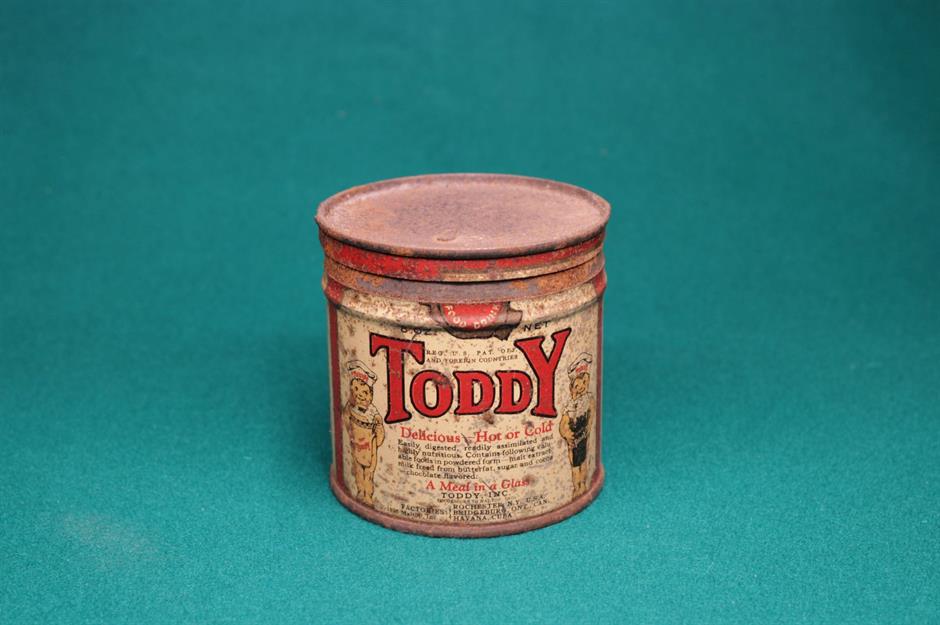
Can you remember sipping Toddy as a kid? First introduced in 1919 as a delicious ‘drinkable food’ and milk alternative, Toddy was remarketed in the 1940s towards children. The type of beverage that could be enjoyed hot or cold, it went on to become a hugely popular option throughout the 1950s and 1960s, and you could often find it at drive-in cinemas, advertised by its cartoon mascot Rodeo Joe. Nowadays, you’ll find it across Latin America, including in Argentina and Brazil.
1950s: SPAM
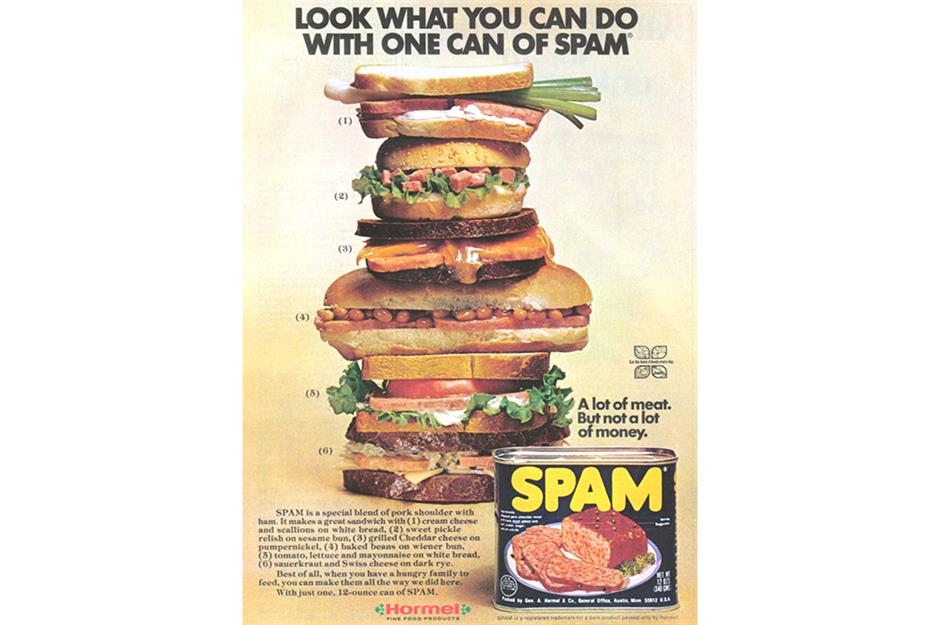
By the 1950s, World War II was over, but the canned food revolution was only just beginning. Many soldiers who returned from war had developed a taste for hearty canned meats and broths and, with more women out at work, family meals needed to be quick and simple. It was in this decade that SPAM, an essential war food, sold its one billionth can.
1950s: Prem
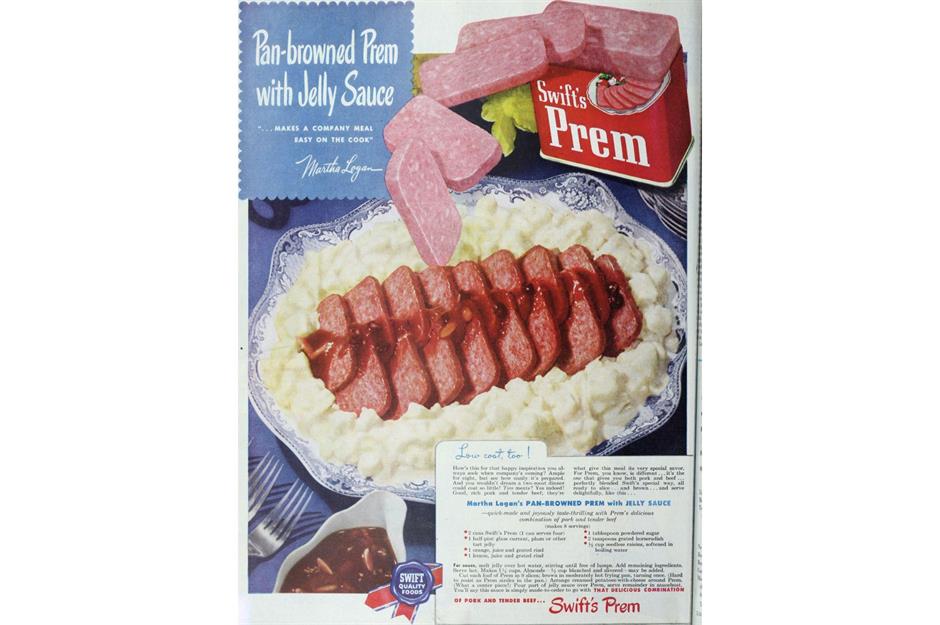
While SPAM was the canned meat heavyweight in the 1950s, it had a little competition. Prem was another brand of canned pork and beef luncheon meat that was shipped to soldiers during World War II, and it remained popular in the decades afterward. Here, it's served pan-browned with jelly sauce and creamed potatoes.
1950s: Armour Star Treet
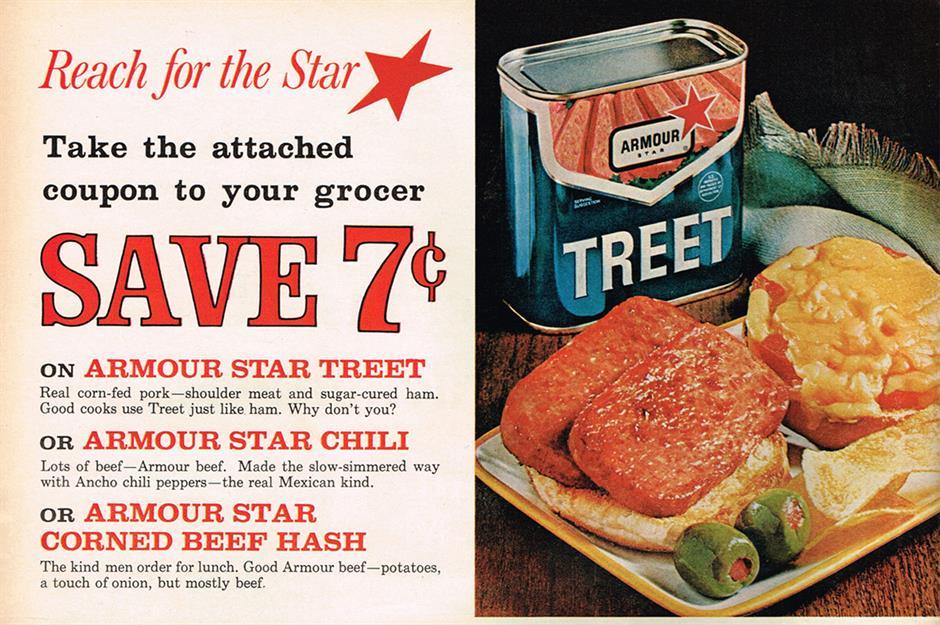
Joining SPAM and Prem was Treet, another canned luncheon meat made with chicken and pork, this time sold by Chicago company Armour Star. Known for its smoky flavor, it was first on shelves in the 1930s and then saw its popularity soar throughout the next few decades.
1950s: Armour Star Corned Beef Hash
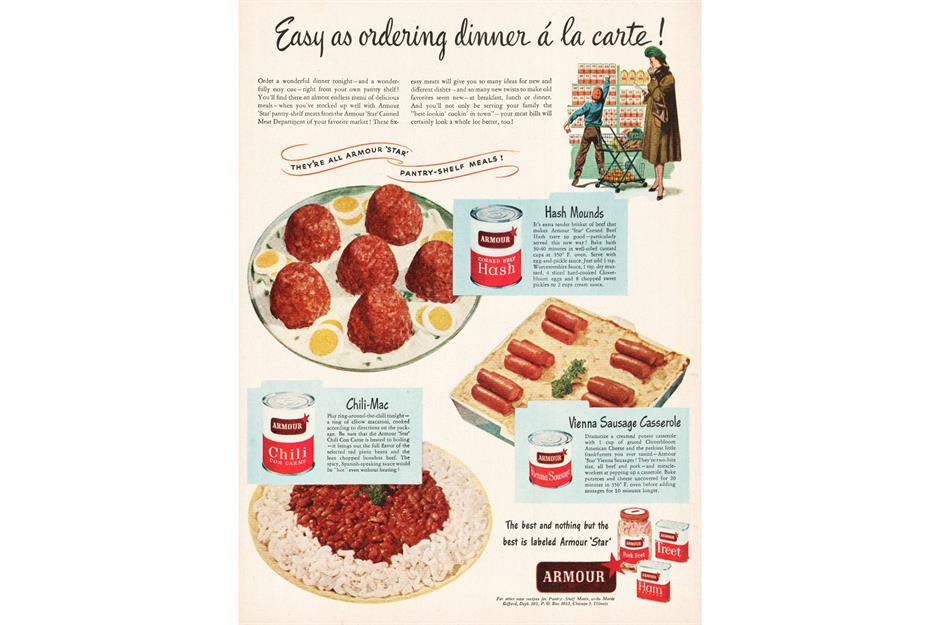
Lunch meat aside, entire meals were still being canned by brands throughout America and Canada, ready to be heated up for a quick supper. Armour Star remained a frontrunner through the 1950s, with its comforting Corned Beef Hash (a satisfying mix of corned beef and potatoes). It was a quick dinner winner in this decade and beyond.
Underwood Deviled Ham
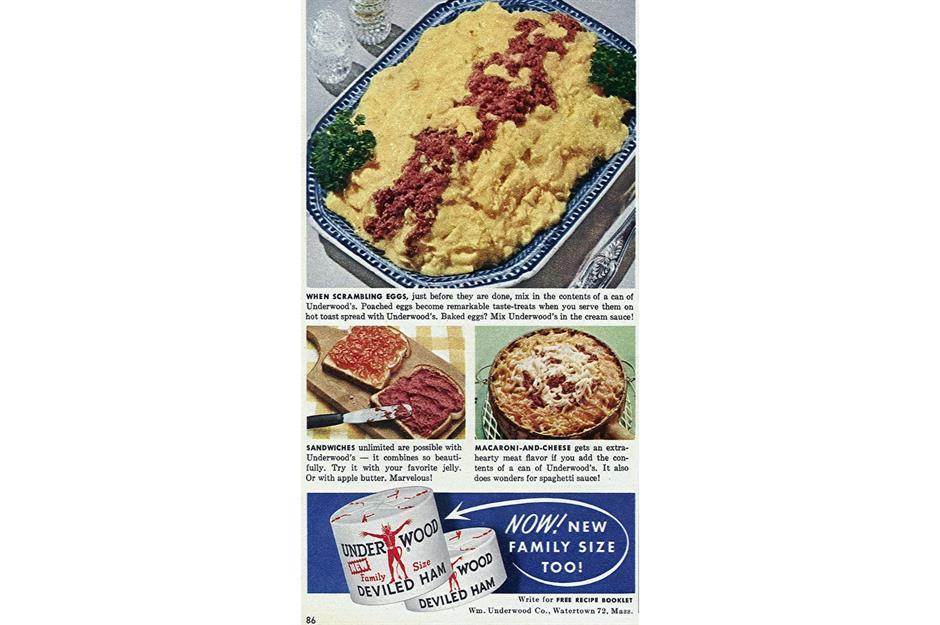
American food company Underwood’s gloriously nostalgic Deviled Ham may date back to 1868, but this product is one many will remember eating as a child. It’s essentially a ground ham spread that’s flavored with various spices. You'll probably have enjoyed it in a sandwich, over scrambled eggs, or even mixed into mac ’n’ cheese. Deviled Ham, complete with its red devil logo, had its heyday in the 1950s and 1960s, but you’ll still find it on grocery store shelves today.
1950s: Van Camp's Pork and Beans
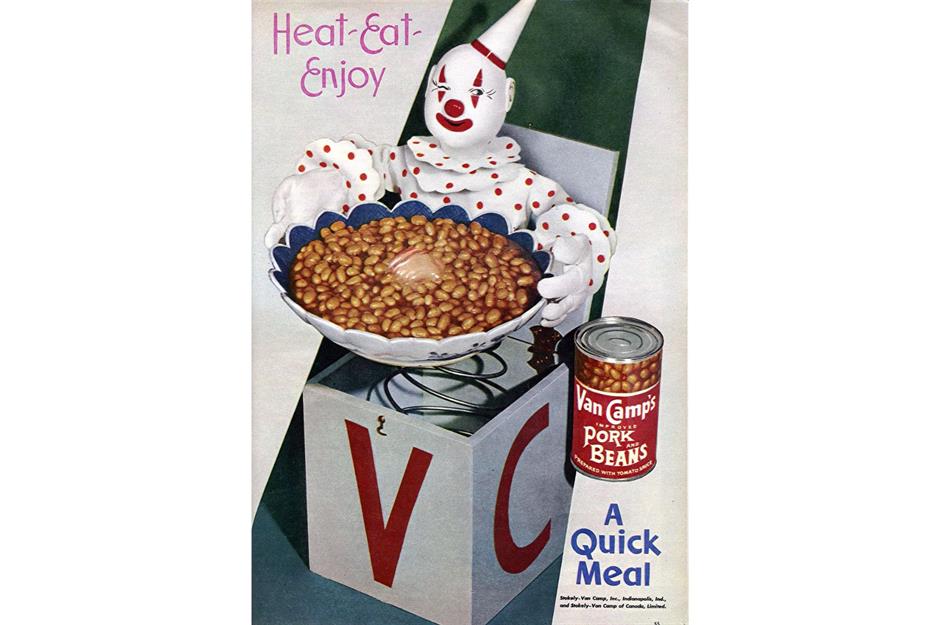
Beans were another essential in the post-war pantry, and Van Camp claimed it had 'the largest selling beans in all the world' in the 1950s. The brand's perennially popular Pork and Beans were made with Van Camp's Vienna sausage and served as a simple heat-and-go meal in busy households.
1950s: Van Camp's Chili Con Carne With Beans

While Pork and Beans was (and still is) Van Camp's signature product, the brand was no one-trick pony. Its meaty Chili Con Carne (pictured) was also a favorite during the post-war decades. Canned tamales sated America's early appetite for Mexican-style food, too.
1950s: Chef Boyardee Grated Cheese
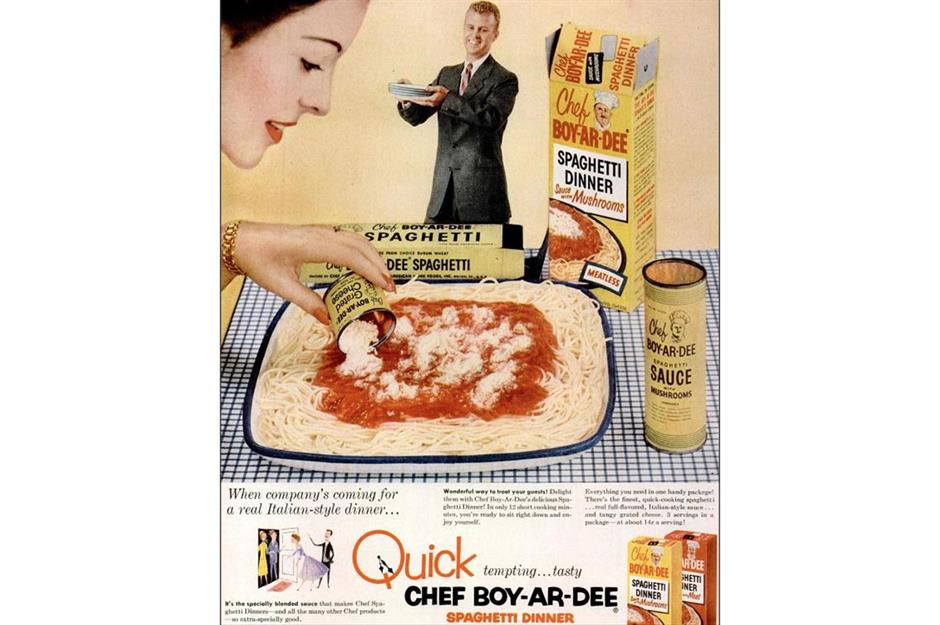
There was almost no limit on what companies would put into cans during the 1950s – leading brand Chef Boyardee even sold canned grated cheese, marketing it as the perfect accompaniment to its quick spaghetti dinner. It was also ideal for sprinkling on top of Boyardee's canned ravioli, which was still hugely popular during this decade.
1950s: Veg-All Mixed Vegetables
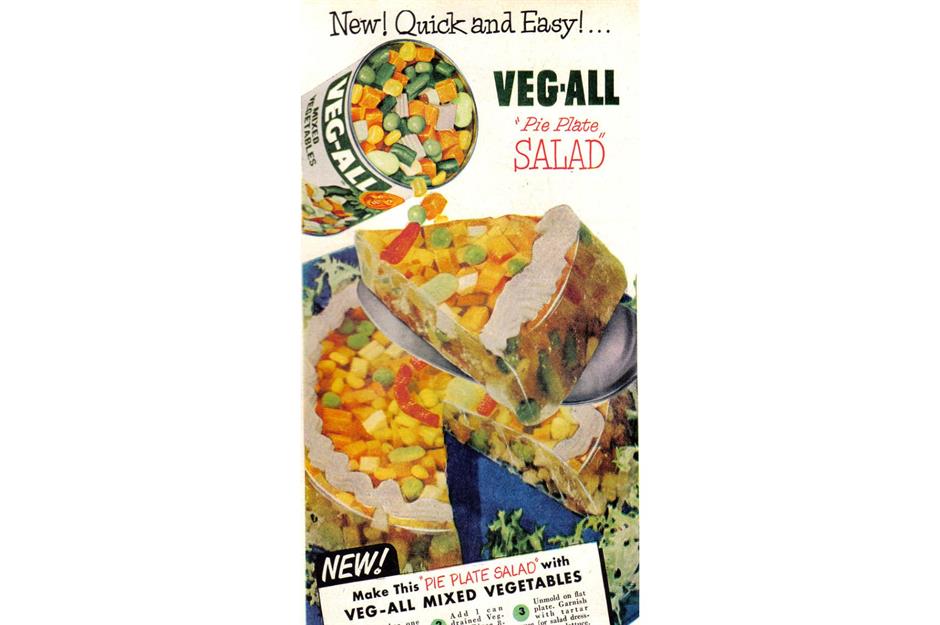
The craze for canned vegetables continued with Veg-All's Mixed Vegetables – a medley of carrots, potatoes, green beans, peas, and more – leading the way. By now, canned food companies were regularly publishing recipe tips, suggestions, and even entire cookbooks as a marketing tool for their products. Here, Veg-All suggests a Pie Plate Salad.
1950s: Oscar Mayer Wieners
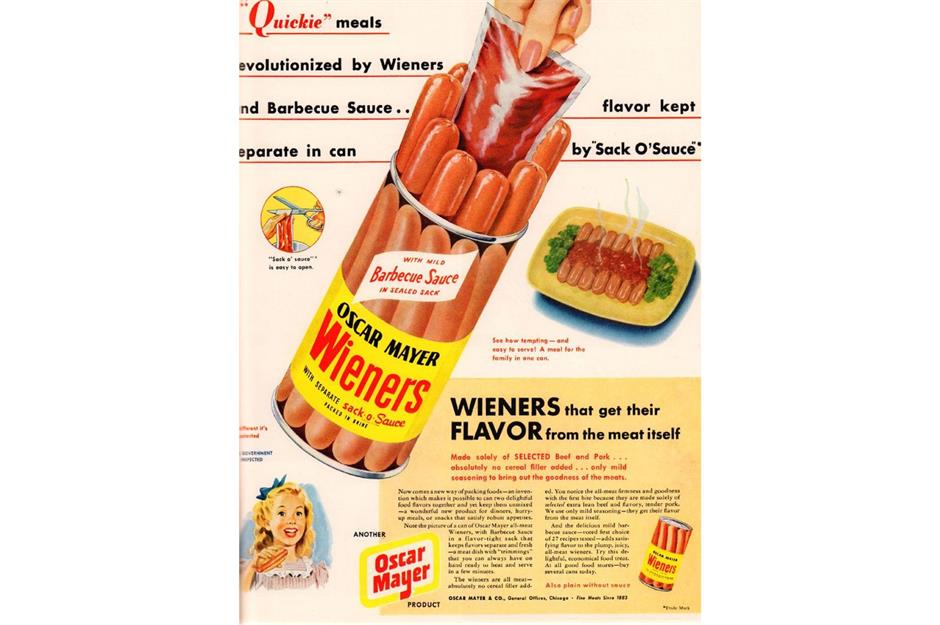
Oscar Mayer was another brand that cooked up creative ways for consumers to enjoy its canned products. In the CookOut Fun cookbook, published in 1959, the brand claimed that 'fun-cooking never stops when you have Oscar Mayer meats.' It suggested grilling its popular sausages over a fireplace in the event that bad weather ruined a planned cookout.
1950s: V-8 Vegetable Juices
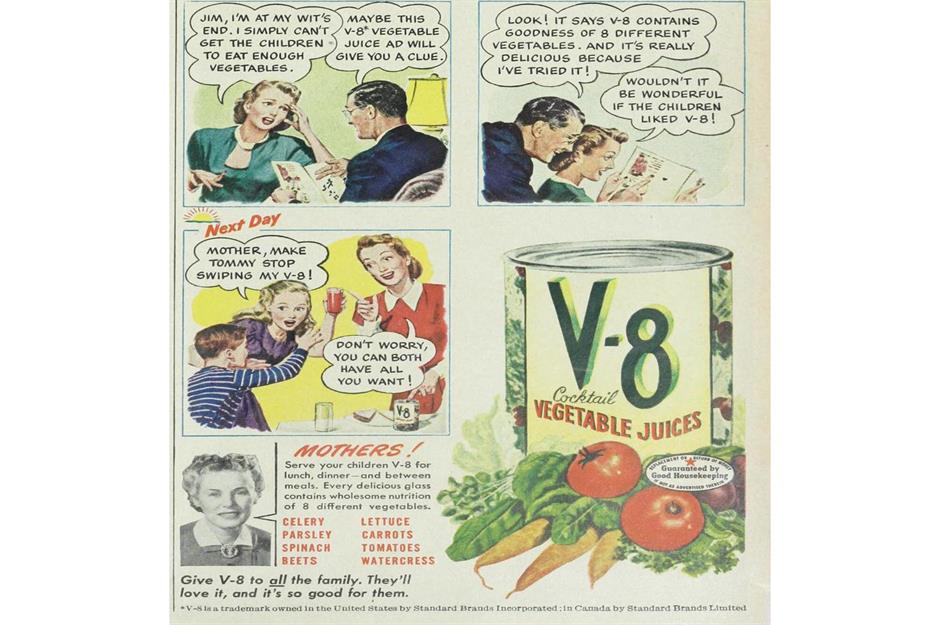
V-8 Vegetable Juices was another nutrient-packed canned food that gained traction in the post-war era. Mothers concerned with their kids' vegetable intake would swear by this Good Housekeeping–recommended drink, which could be served for 'lunch, dinner, and in-between meals.' The veggie cocktail, still on shelves today, includes celery, parsley, spinach, beetroot, lettuce, carrots, tomato, and watercress.
1960s: Campbell's Oyster Stew Soup
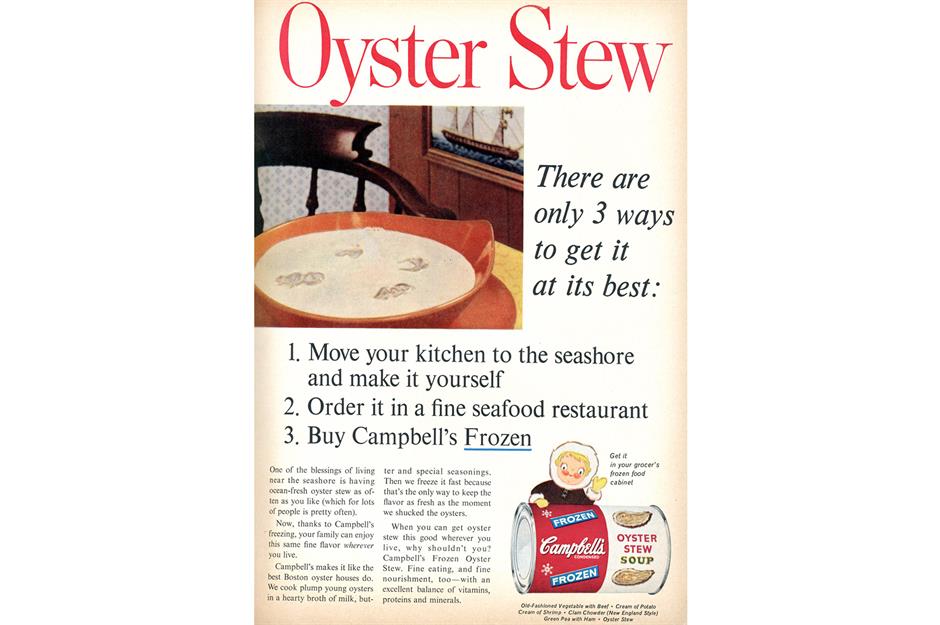
Come the 1960s, America's love affair with canned food showed no sign of abating. Throughout the decade, Andy Warhol memorialized the Campbell's soup can in an iconic series of screenprints. In 1969, the pop artist turned his attention to one of the brand's more exotic flavors, Oyster Stew.
1960s: Campbell's SpaghettiOs
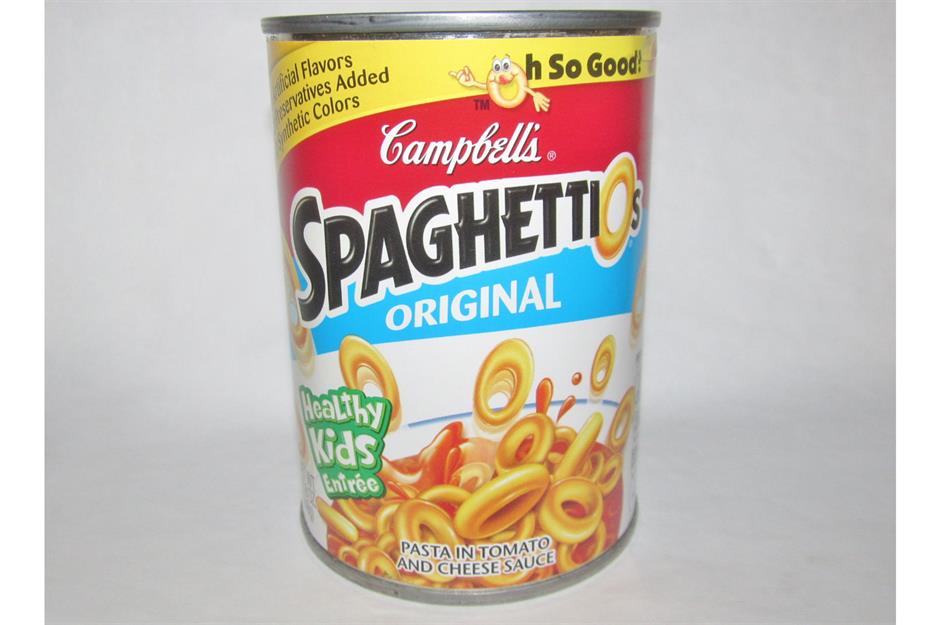
This was also the decade that SpaghettiOs were invented. They were marketed (by the Campbell's-owned Franco-American brand) as 'the neat new spaghetti you can eat with a spoon,' and they were a quick hit with convenience-loving 1960s Americans. You could buy them with tomato and cheese sauce, meatballs, or little sliced franks.
1960s: Campbell's Alphabet Soup
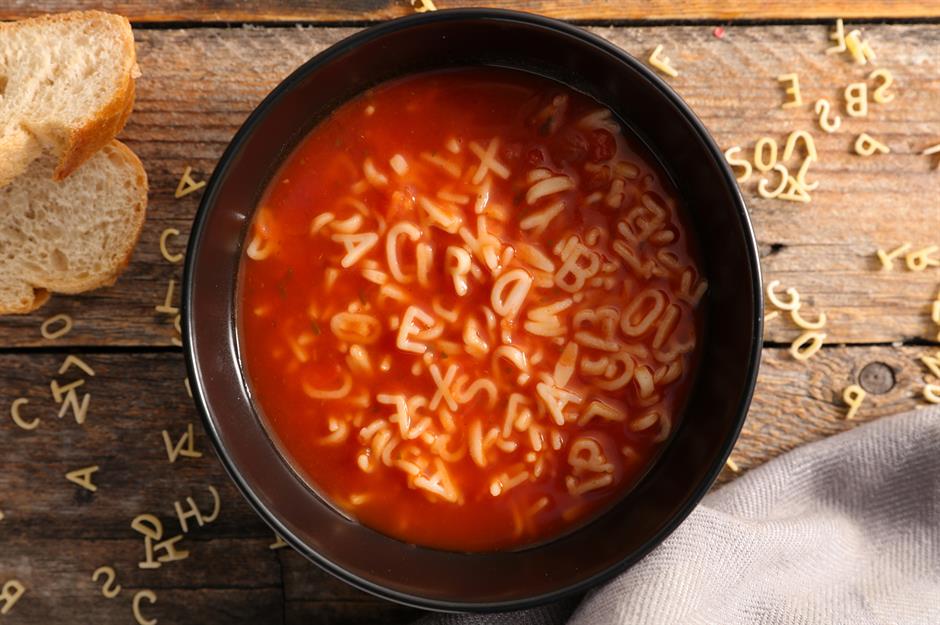
The novel pasta shapes didn't stop at hoops. While Campbell's had sold a vegetable broth with pasta letters since 1915, it officially branded it Alphabet Soup in the 1960s – a name it had already been given by families across the US and Canada. Its popularity continued to soar in this decade and beyond, with other brands following suit and selling their own versions.
1960s: Chef Boyardee's Beefaroni
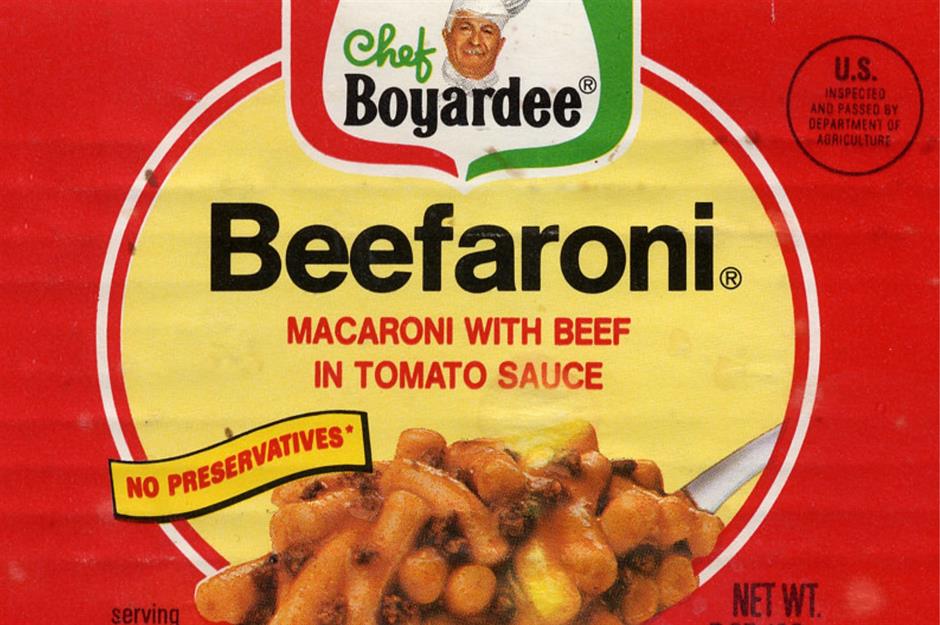
A food guaranteed to feed your appetite for nostalgia is Chef Boyardee's Beefaroni. While this comforting dish of beef and macaroni in rich tomato sauce had been on the canned circuit for a while, a hit TV ad in this decade cemented it in America's food psyche. The charming black-and-white ad saw hordes of children running through the streets of Venice singing 'Hooray for Beefaroni,' before tucking into bowls of the stuff at a long table.
1960s: B&M Brown Bread
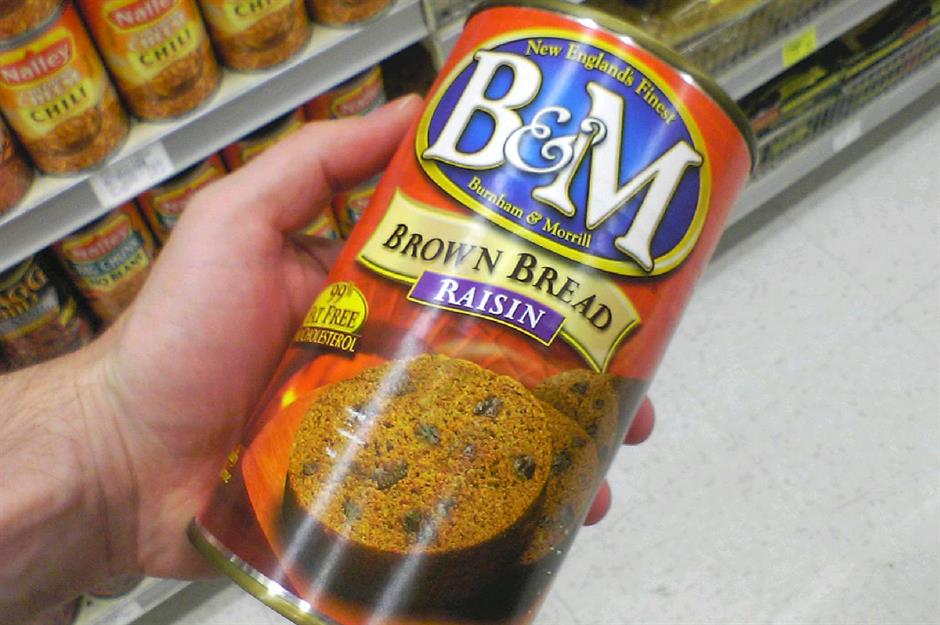
This one is rather niche; however, if you're from New England, then you're probably well aware of canned bread. It may seem an odd concept, but B&M's offering has been a favorite with New Englanders for decades. You can buy the bread plain or with raisins, and it's often paired with beans and ham or franks for a hearty breakfast or satisfying supper. It has a two-year shelf life, making it a handy cupboard staple.
1960s: Peanut Patch Boiled Peanuts
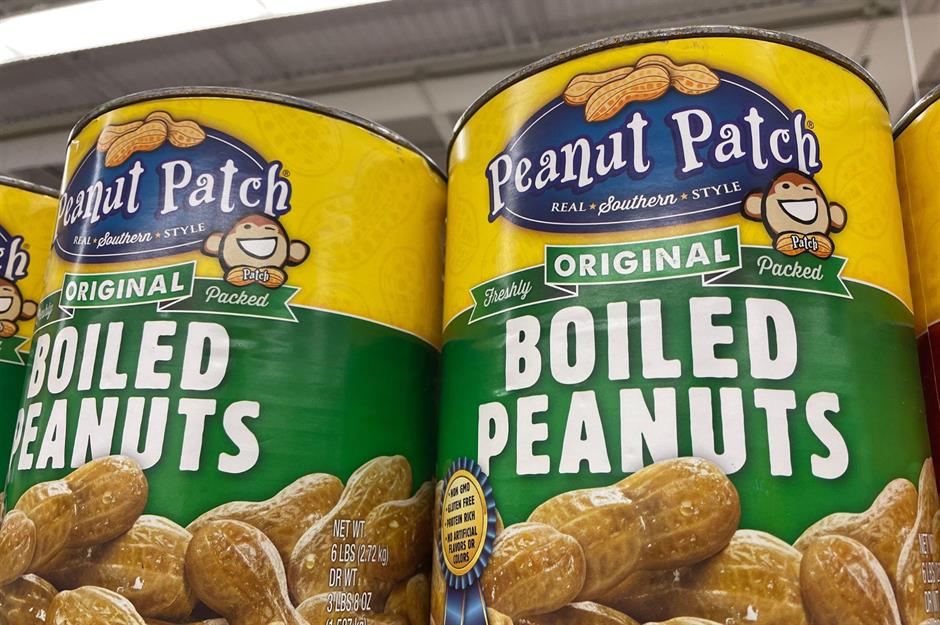
Peanut Patch’s cans of boiled peanuts have been lining pantry shelves since the 1960s. The brand’s peanuts are harvested fresh, boiled, then canned in a special blend of Southern-style seasonings. They’re soft and protein-packed, and all you need to do is pull open the can and enjoy. Peanut Patch’s Boiled Peanuts are still a kitchen staple today; they come in a range of flavors, including Cajun, Spicy Buffalo, and Hot & Spicy.
1960s: Franco-American Gravy
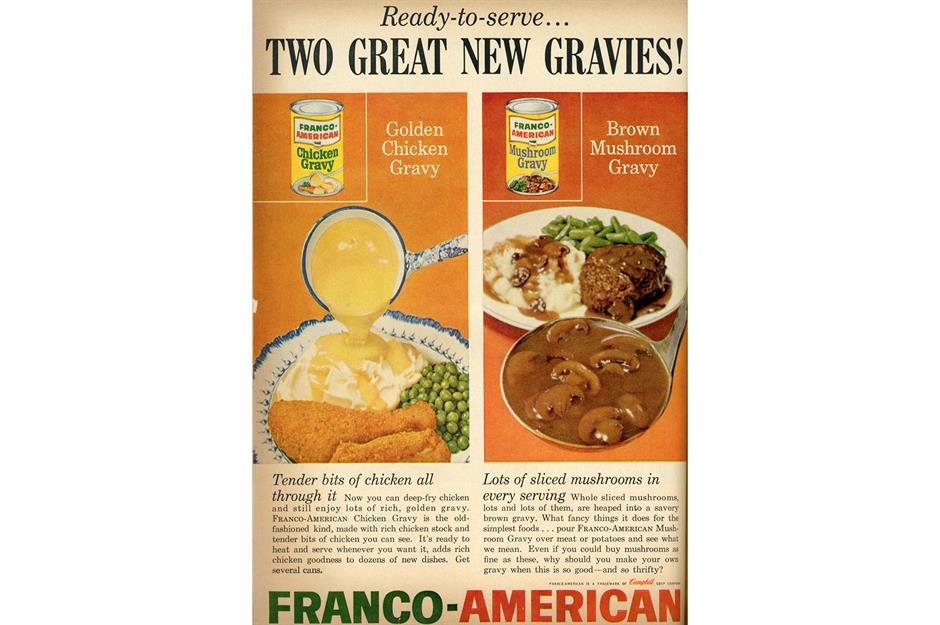
The 1960s saw many brands build on their established offerings, bringing out new canned foods and flavors with twists on already well-loved classics. One example was Franco-American's new gravies. While the brand's beef gravy was already a perennial favorite, the sixties saw Americans topping their fried chicken with Golden Chicken Gravy and swamping meatloaf in a savory Brown Mushroom Gravy.
1960s: StarKist Tuna
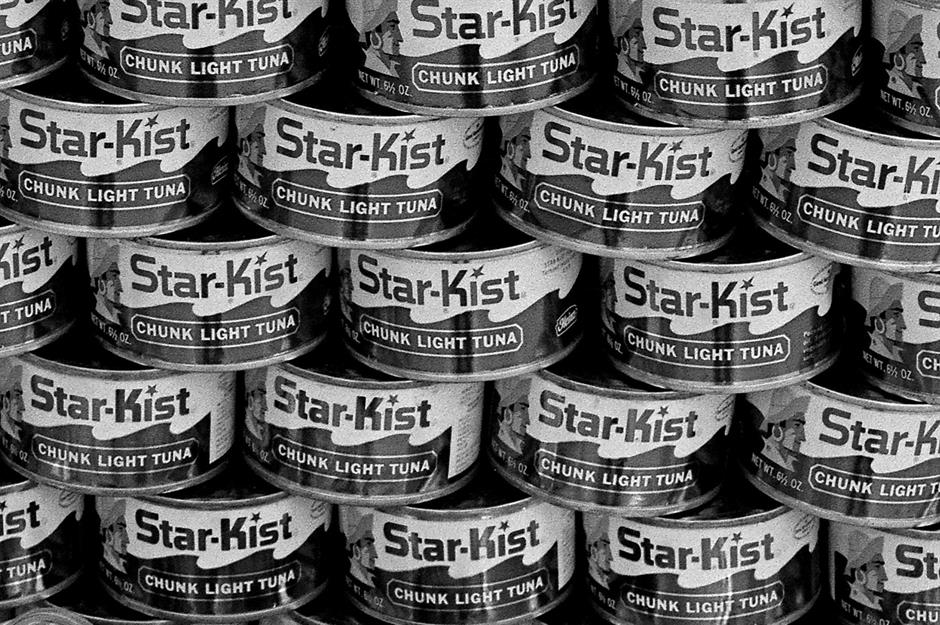
Many fun food mascots launched in the 1960s, and Starkist's Charlie the Tuna was one of them. Ads throughout the decade showed Charlie the Tuna's quest to become a StarKist Tuna, only to be knocked back time and time again. 'Sorry Charlie' became the brand's enduring catchphrase and, as a result, StarKist cans flew off the shelves.
1960s: Chun King Chow Mein
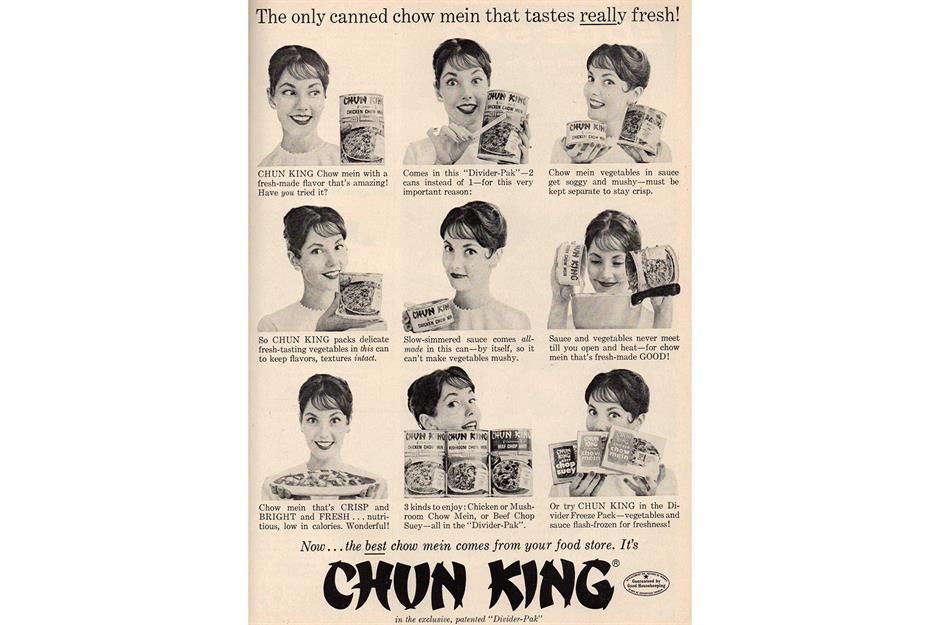
By the 1960s, Americans had developed a taste for canned Chinese-style food, and the now-defunct Chun King, founded in the 1940s, was the market leader. Sales surged through the next couple of decades, and Chow Mein with chicken or mushroom was the brand's top dish.
1960s: Dole Hawaiian Sliced Pineapple
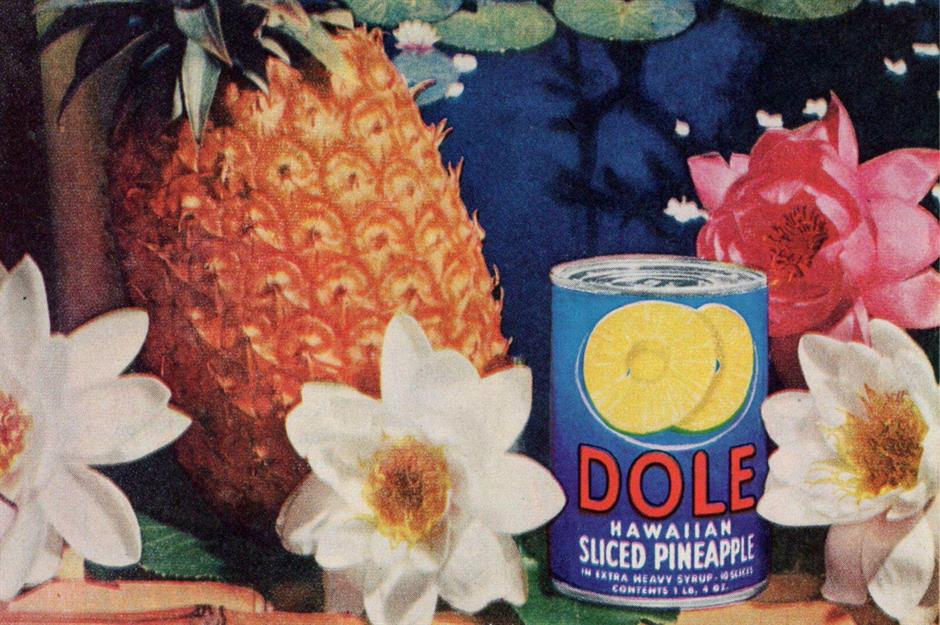
Pineapple upside-down cakes were a go-to sweet treat throughout the 1960s, which meant canned pineapple slices were a popular item on shopping lists. Leading brand Dole also sold its sweet pineapple in all manner of other ways: chunked, crushed, juiced, and even in neat little spears, perfect for dessert at the 1960s dinner table.
1970s: Chef Boyardee Spaghetti and Meat Balls
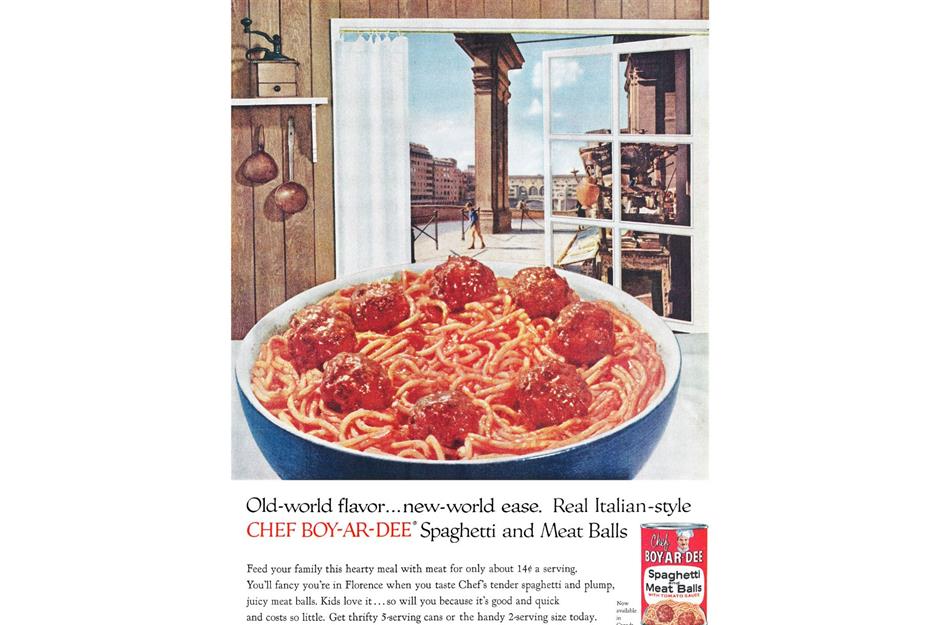
The 1970s were dominated by creative ads and weird and wonderful recipe suggestions. These all helped cement Chef Boyardee Spaghetti and Meat Balls' status as a favorite. In some ads, the canned dish is piled high like an ice cream sundae – a ruse to encourage kids to eat up all of their dinner.
1970s: Hunt’s Manwich Original Sloppy Joe Sauce
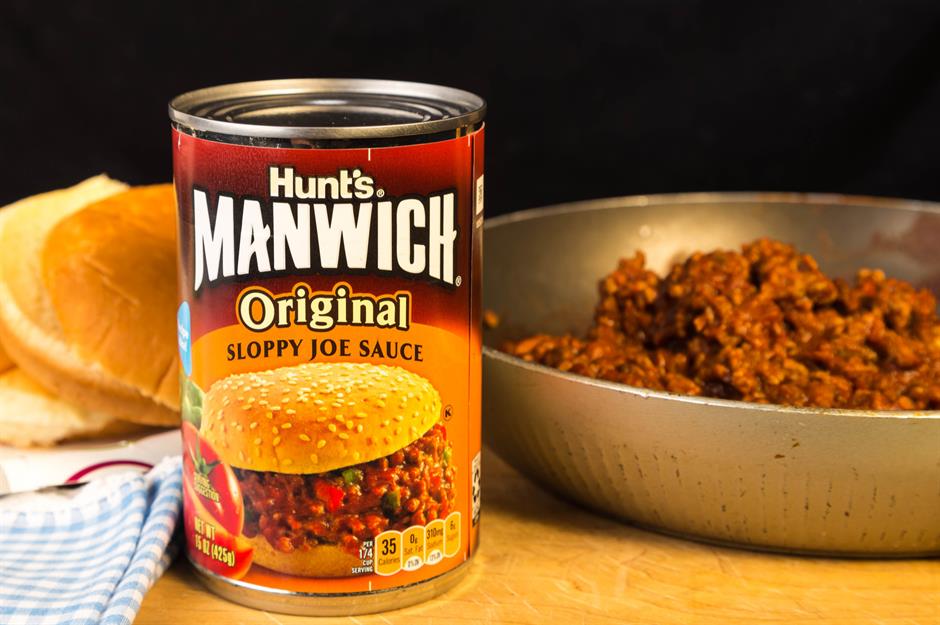
The taste for meaty mains straight from a can continued throughout the decade. Hunt’s Manwich Original Sloppy Joe Sauce was launched right at the end of the 1960s and proved popular through the 1970s. For a quick evening meal, cooks would add the tomatoey sauce to ground beef and pile the mix into a hamburger bun – et voilà, a classic sloppy joe. You can still buy the mix in stores today.
1970s: Campbell's Chunky Soup
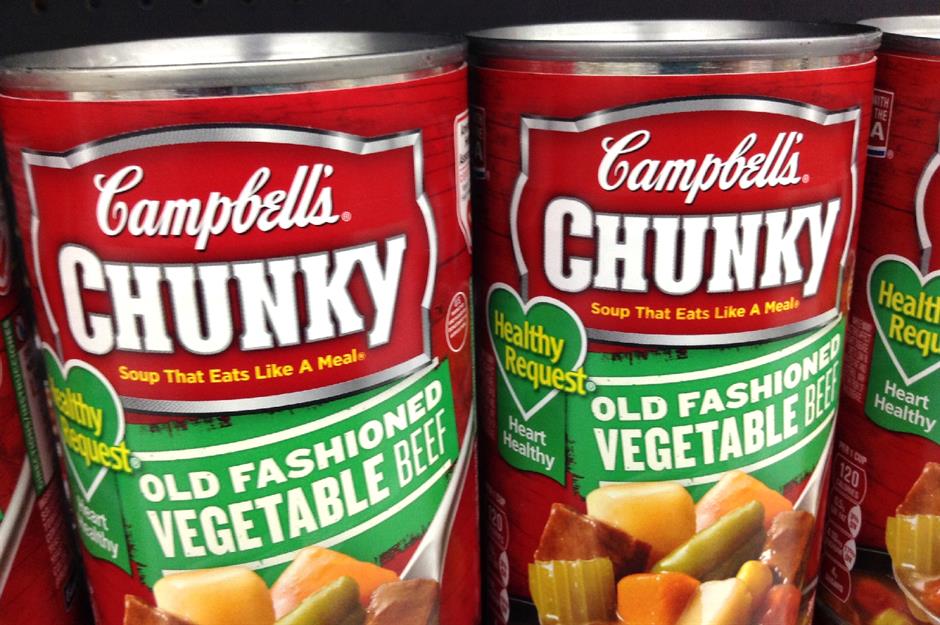
Another canned classic to make its debut in the 1970s was Campbell's Chunky Soup. While the brand's condensed soup range had been popular for decades, this hearty offering was touted as a meal in a can – or 'soup so chunky you'll be tempted to eat it with a fork.' Shoppers could choose between chunky chicken, beef, turkey, or vegetable.
1970s: Progresso Soups
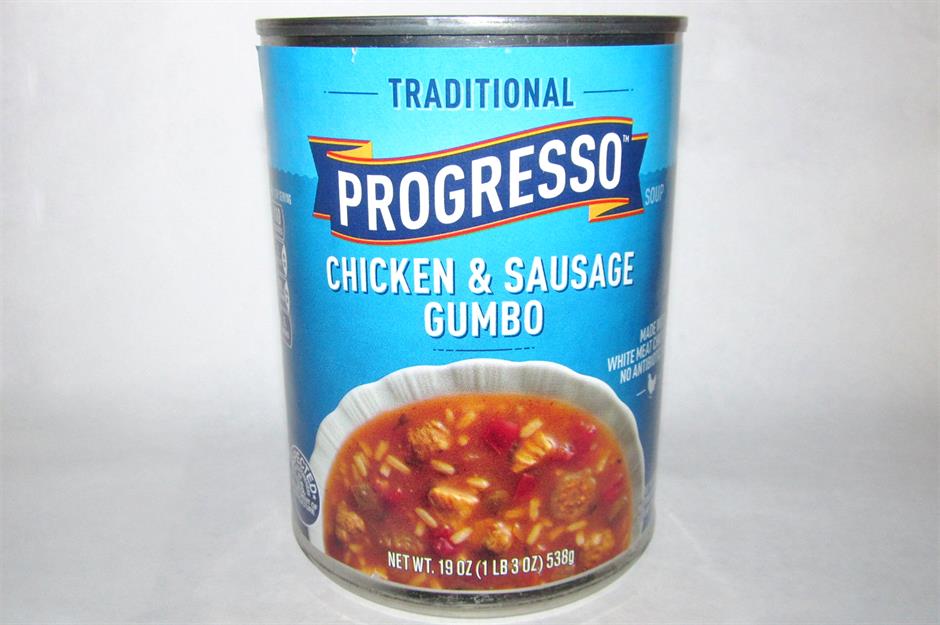
One of Campbell's Chunky Soups' main competitors in the 1970s – and, indeed, still today – was Progresso, which had long sold chunky, ready-to-heat-and-serve broths. Popular flavors included Chicken Noodle, New England Clam Chowder, Chicken and Sausage Gumbo, and Minestrone.
1970s: Old El Paso Tortillas
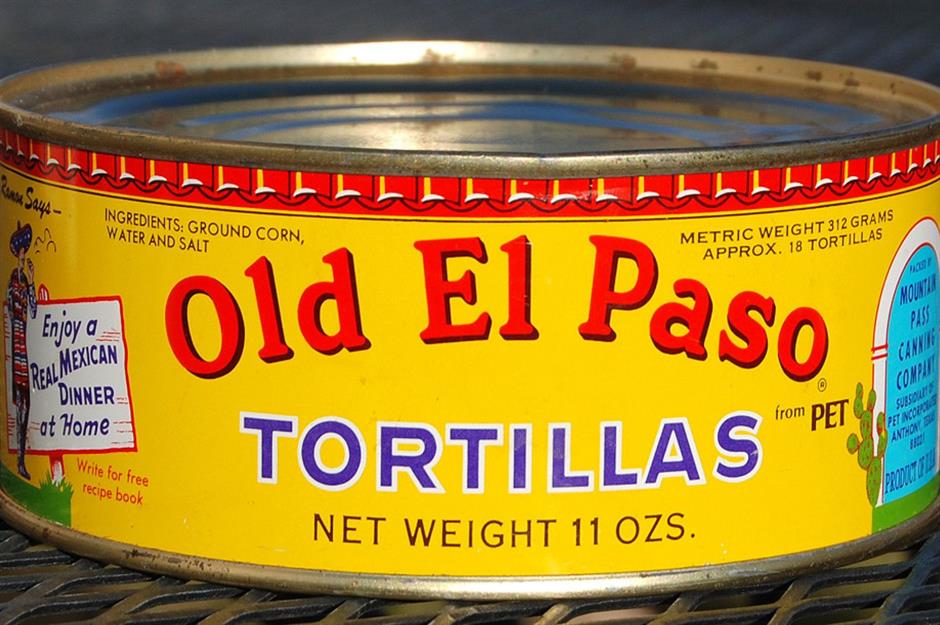
Tex-Mex was another food trend to take off in the 1970s. Old El Paso, founded in the 1930s, is credited with popularizing the cuisine during this decade. The brand had plenty of canned foods available so people could whip up quick Tex-Mex-style meals at home, including tomatoes, pinto beans, and even tortillas.
1980s: Loma Linda Nuteena
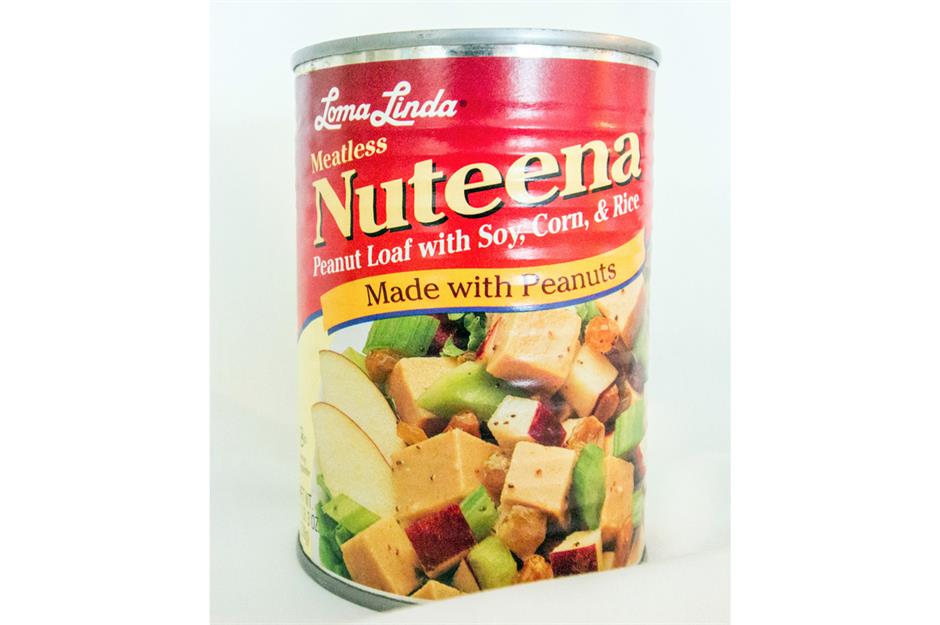
In the 1970s and 1980s, there was increased awareness around healthy eating and vegetarianism, with brands like Loma Linda (now Loma Linda Foods) helping to lead the charge. Loma Linda's canned meat alternatives, including Nuteena, a veggie loaf made from peanuts, graced many kitchen cupboards.
1980s: Loma Linda Sizzle Franks
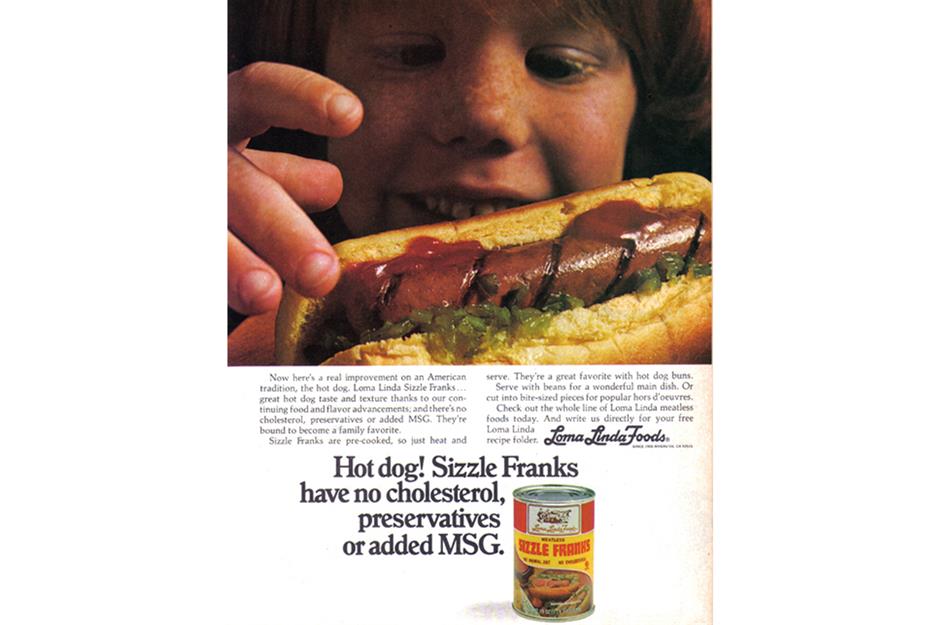
Loma Linda's meat-free alternatives also came in the form of veggie sausages called Sizzle Franks. They were even dubbed 'a real improvement on an American tradition, the hot dog,' and held up for their lack of added preservatives and MSG. Today, Loma Linda Foods still sells an array of canned goods, from nut meats and Vege-burgers to a plant-based seafood alternative called Tuno.
1980s: Campbell’s Healthy Request Soup
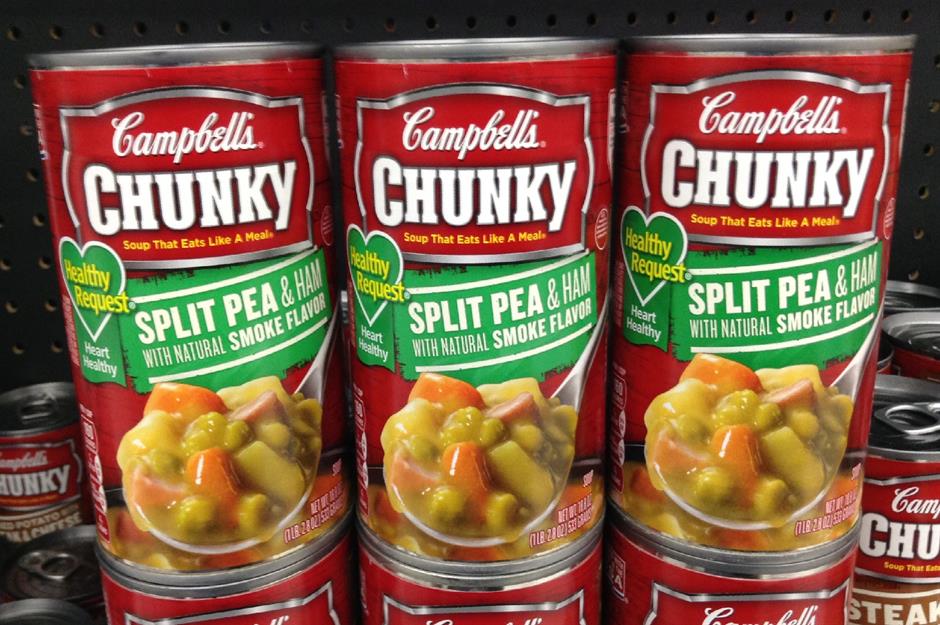
The health-conscious cans continued with Campbell's and its Healthy Request range, then called Campbell's Special Request. The line launched in 1985 and was focused on heart health, with reduced saturated fat and cholesterol levels. Flavors included favorites like Split Pea & Ham, Tomato, and Chicken Noodle, and the range is still sold today.
1980s: Allens Popeye Spinach
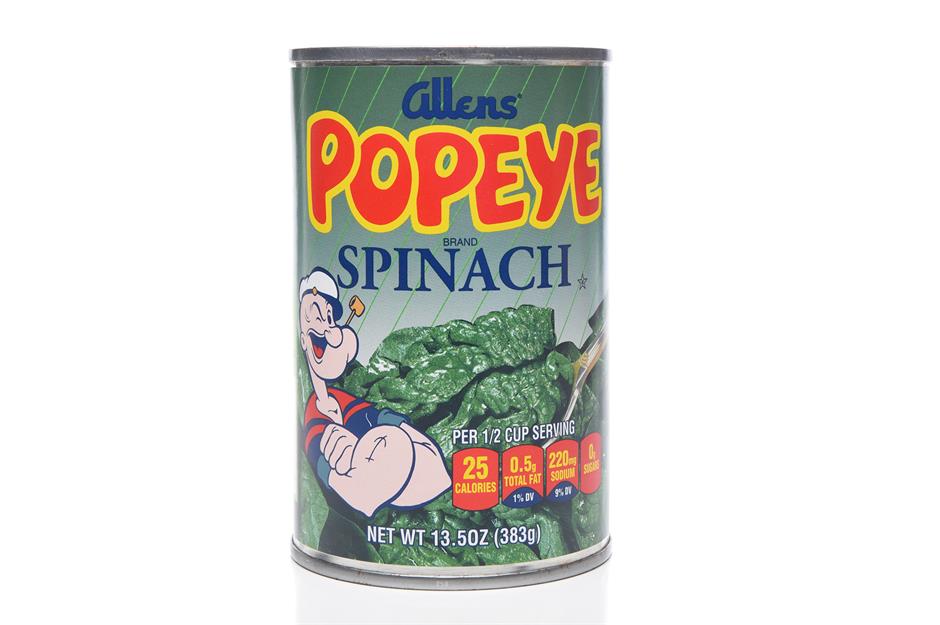
Canned spinach was another pantry staple, with canned food brand Allens using the cartoon character Popeye as a mascot and product name. Allens was based in Alma, Arkansas, and in the 1980s, the town dubbed itself the 'Spinach Capital of the World,' thanks to the amount of spinach it canned.
1980s: Van Camp's Beanee Weenee
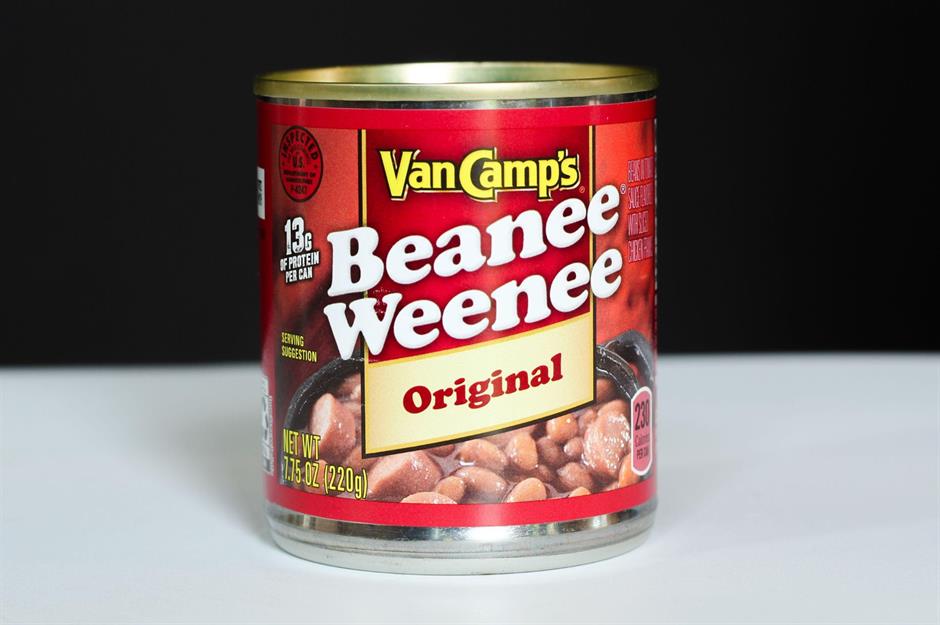
Despite all the new 'healthier' alternatives, there was still plenty of room for some good old-fashioned meat and beans in a can in the 1980s. Van Camp's Beanee Weenees – baked beans with little Frankfurter chunks – remained popular throughout this decade, especially for a quick TV dinner.
1990s: Campbell’s Home Cookin’ Soups (Homestyle)
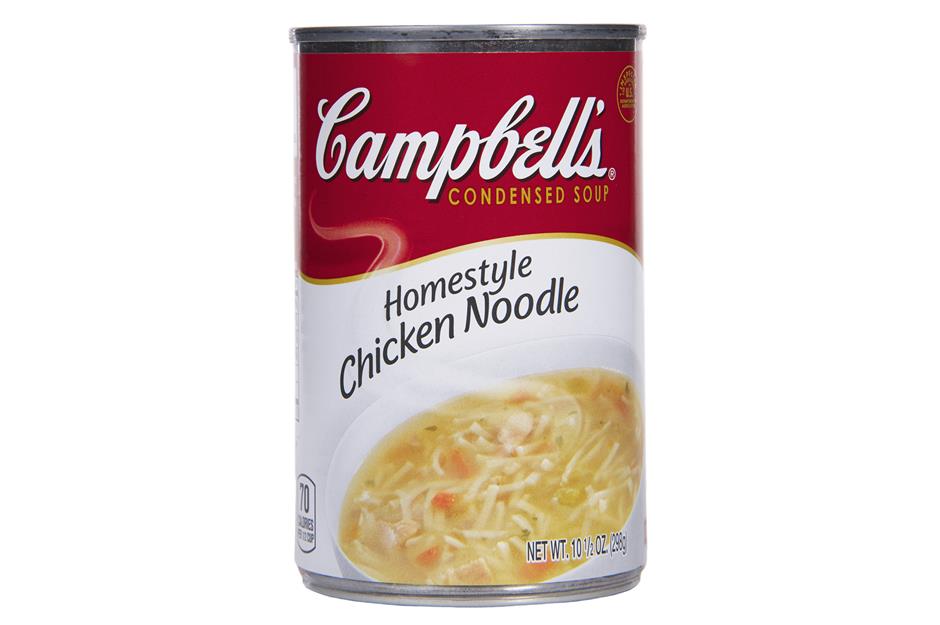
When it came to cans, soup still reigned supreme through the 1990s, and Campbell's was still king. By now, the company had introduced Home Cookin' Soup (later Homestyle) – hearty meat and vegetable broths designed to match a home-cooked meal. The range remained popular through the 1990s, with actor James Stewart doing the voice-over for the range's TV ads during the decade.
1990s: Bush's Original Baked Beans
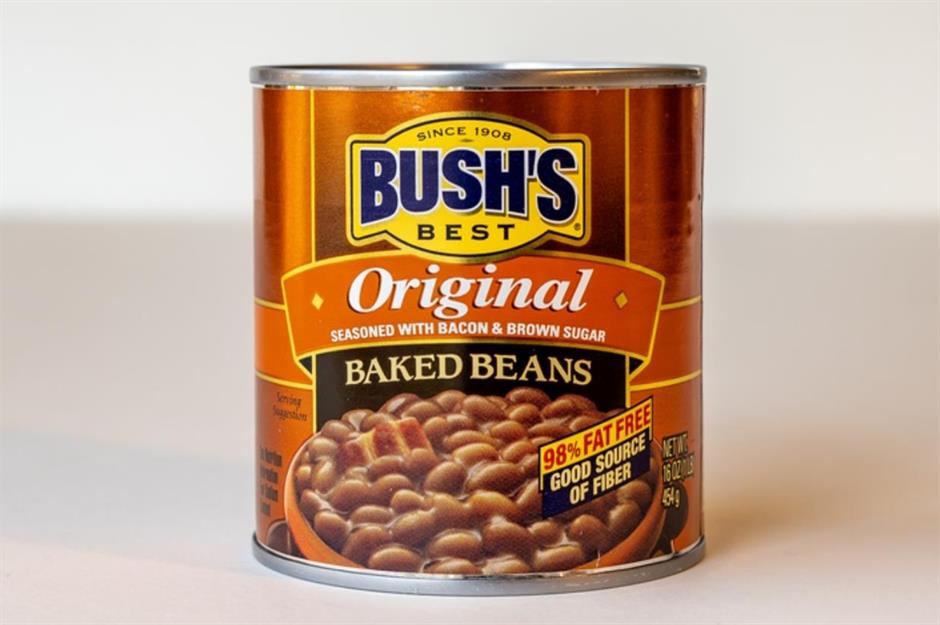
A.J. Bush started his cannery in Tennessee's Great Smoky Mountains in 1908, and the brand first began making baked beans in 1969. But it was in the 1990s that the beans shot to fame, thanks to a series of adverts featuring A.J.'s great-grandson, Jay Bush, and a talking golden retriever. The company now makes around 80% of the baked beans sold in the US.
1990s: Campbell's Condensed Cream of Broccoli Soup
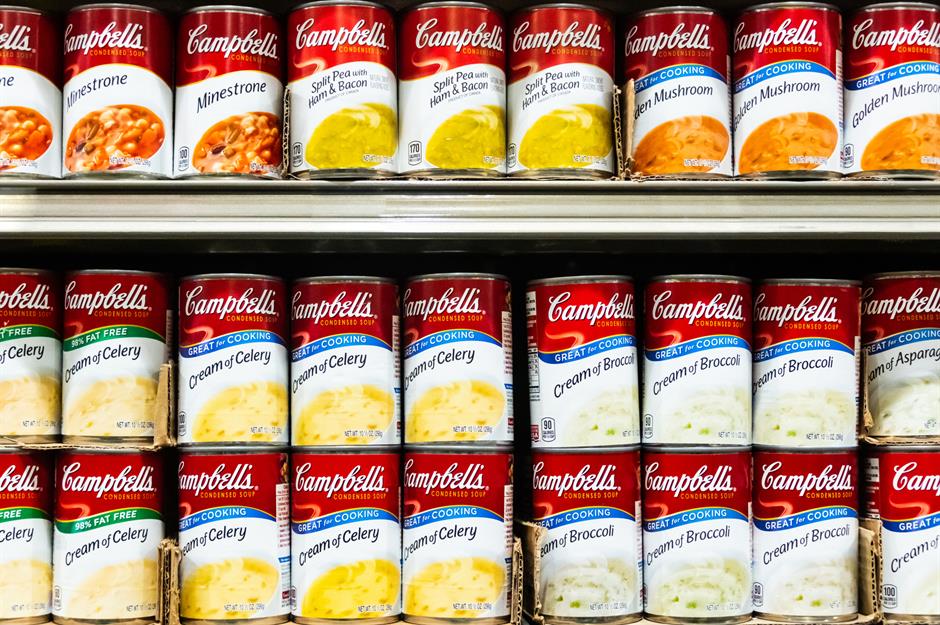
Campbell’s didn’t rest on its laurels – in the 1990s, the company introduced a new flavor and saw its most successful new introduction in more than 50 years. If you entered an American kitchen in the 1990s, there was a good chance you'd see a can of Campbell's Condensed Cream of Broccoli Soup in the cupboard. A creamy bowl of the stuff was – and still is – perfect on a cold evening with a hunk of crusty bread.
1990s: SlimFast shakes
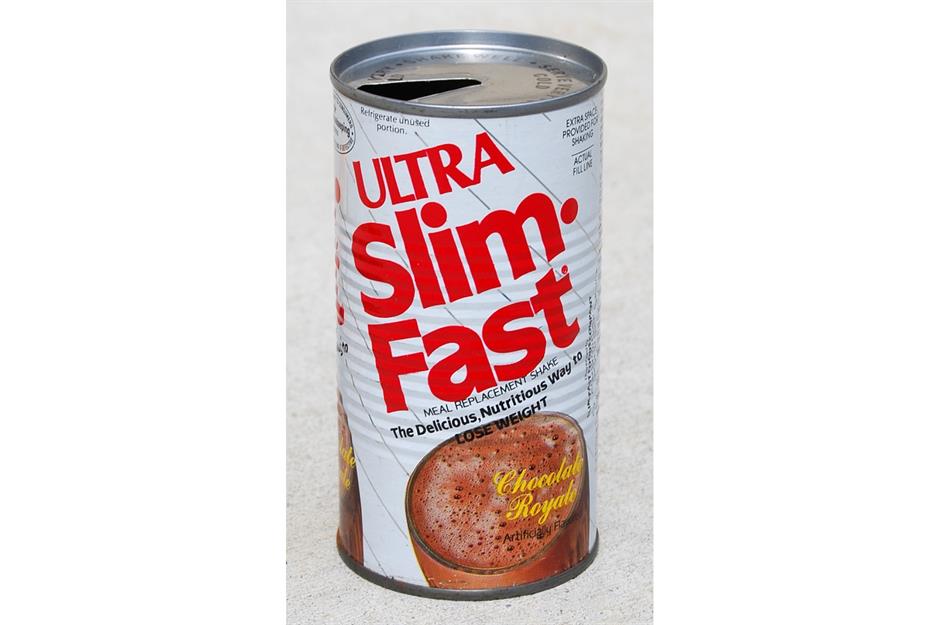
While you're unlikely to have drunk a SlimFast shake as a child, you may well have seen one lurking in the kitchen cupboard. Diet company SlimFast, still in operation today, surged in popularity through the 1990s, with celebrities waxing lyrical about the effects of its products. Meal replacement shakes in a can were among the brand's most popular products.
1990s: Chef Boyardee Teenage Mutant Ninja Turtles Pasta Shapes
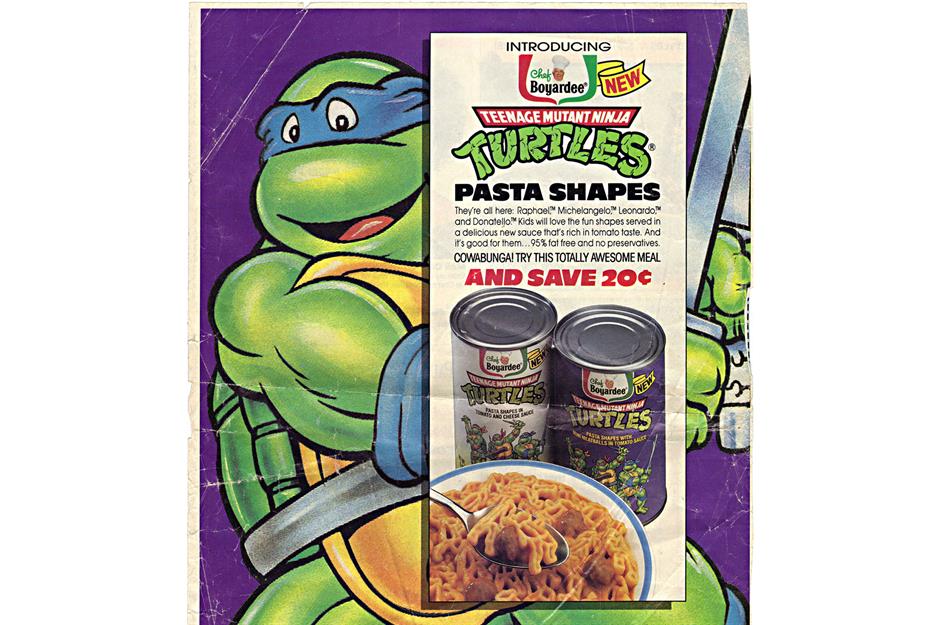
Come the 1990s, brands had to start thinking outside the box to keep customers coming back. Chef Boyardee knew just the thing. In 1991, to tie in with the popular Teenage Mutant Ninja Turtles comics and feature film, the brand introduced canned pasta shaped like the crime-fighting cartoon characters. Needless to say, it was a hit with the kids.
2000s: Chef Boyardee Overstuffed Ravioli
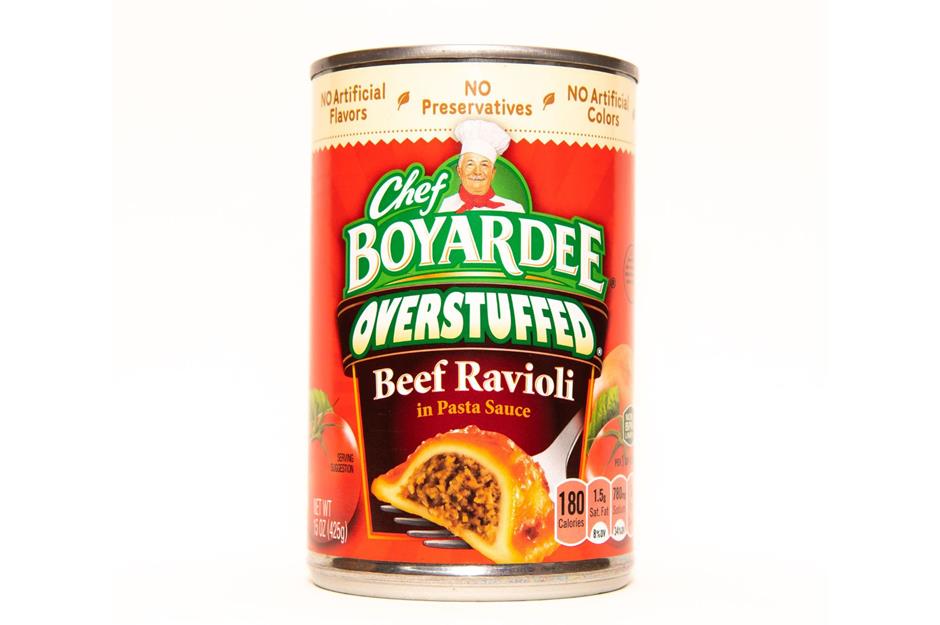
Age-old canned favorites prevailed throughout the Noughties, when bigger was often better. Chef Boyardee's Overstuffed Ravioli, for example, ruled cupboards and was held up as a nutritious option for those with bigger appetites, especially kids. Italian Sausage Ravioli was the canned pasta of choice.
2000s: Chef Boyardee Jumbo Spaghetti & Meatballs
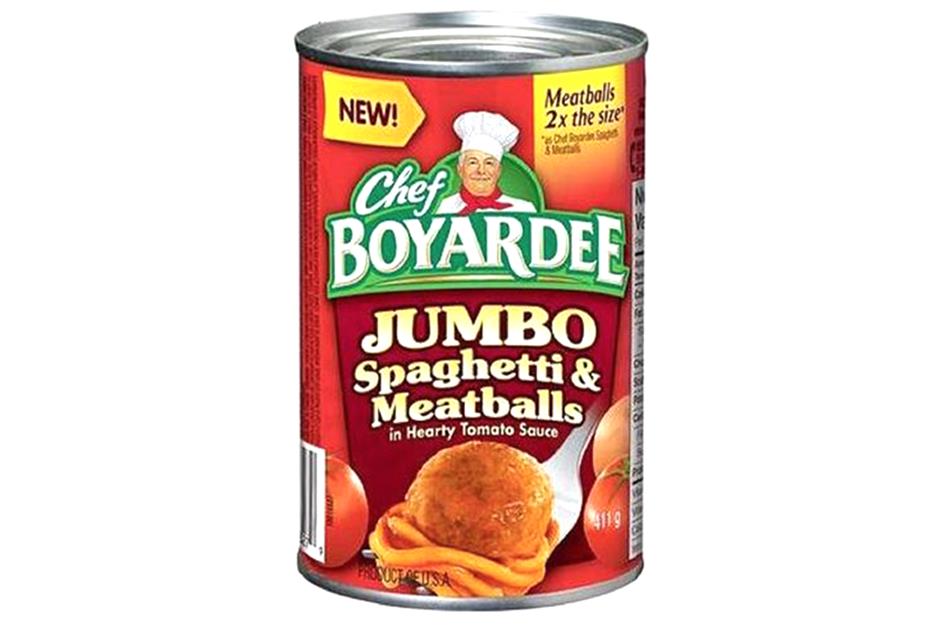
People suddenly seemed a lot hungrier in the 2000s. Or at least that might explain why another Chef Boyardee classic, Spaghetti and Meatballs, got a mammoth makeover. Its Jumbo Spaghetti and Meatballs saw the pork, chicken, and beef meatballs double in size, 'for bigger kids with bigger appetites.'
2000s: Campbell's Chicken Noodle Soup
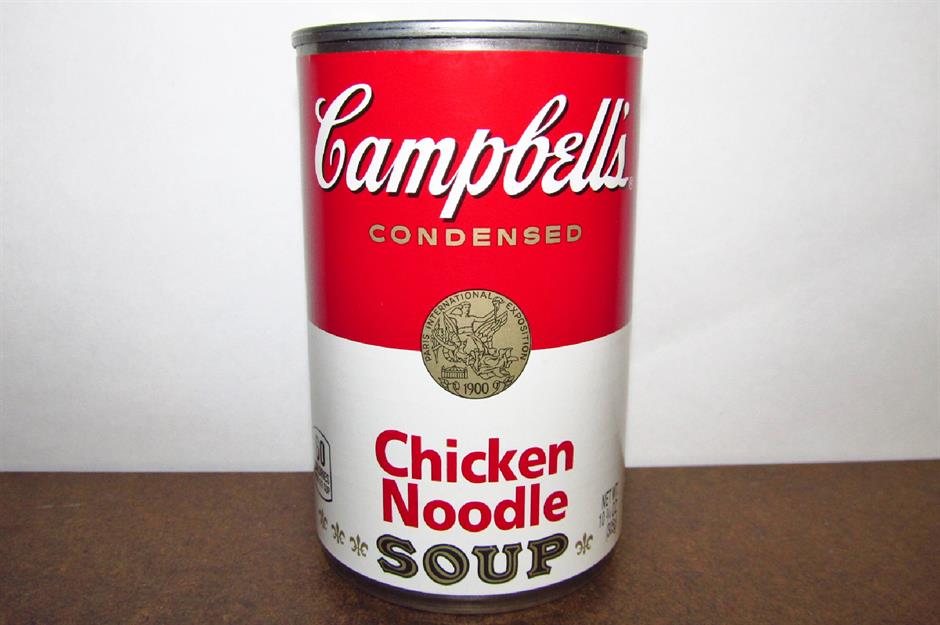
Some things are classics for a reason. Campbell's Chicken Noodle Soup, with flavorful broth, egg noodles, and tender pieces of chicken, is another veteran canned food to truly stand the test of time. It remains one of the brand's top sellers and, in the 2000s, Campbell's delighted fans by adding even more chicken to the time-honored recipe.
2000s: Amy's Kitchen soups
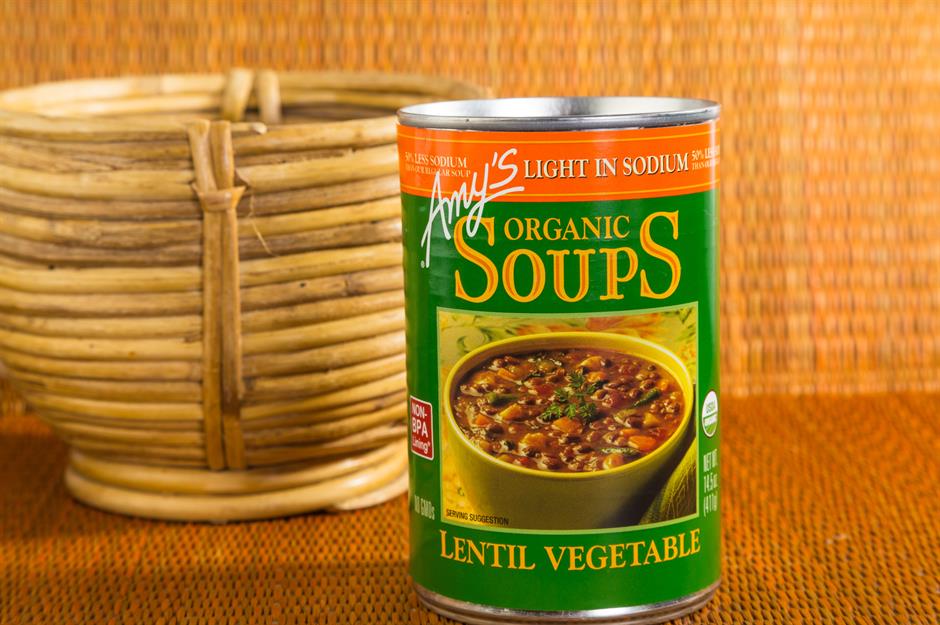
Springing up in the late 1980s, Amy's Kitchen thrived in the Noughties, offering an organic alternative to the biggest-selling soups on the market. Increasingly health-conscious consumers filled their cupboards with Amy's Kitchen's organic Lentil Vegetable, Split Pea, and Cream of Mushroom soups, and they continue to do so today.
Now check out these retro dishes we think deserve a comeback
Last updated by Lottie Woodrow.
Comments
Do you want to comment on this article? You need to be signed in for this feature